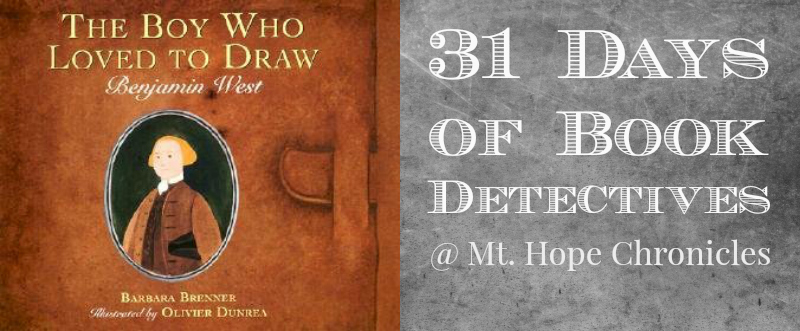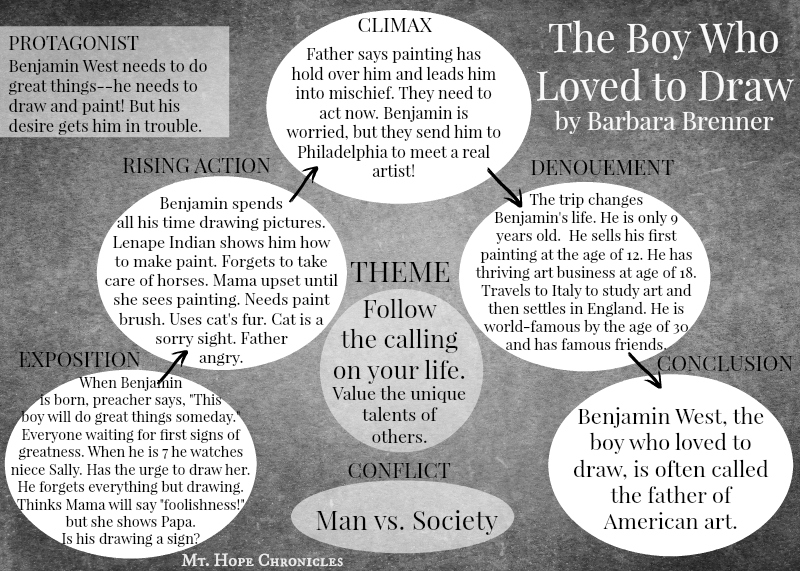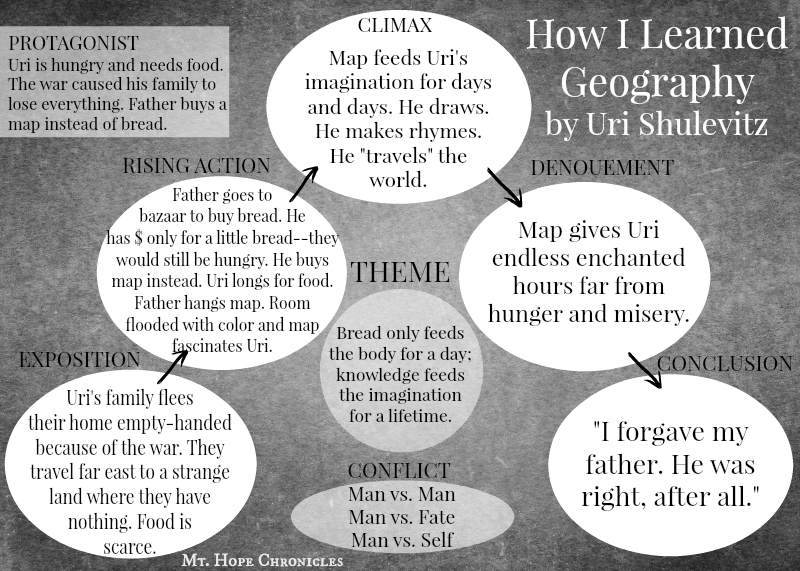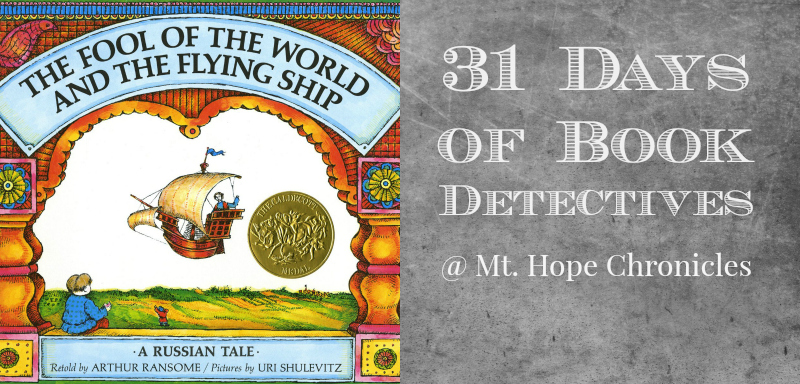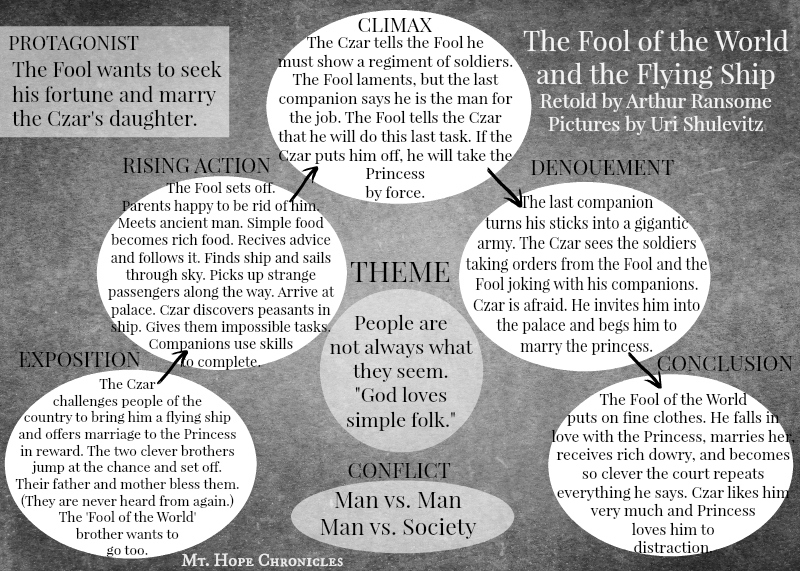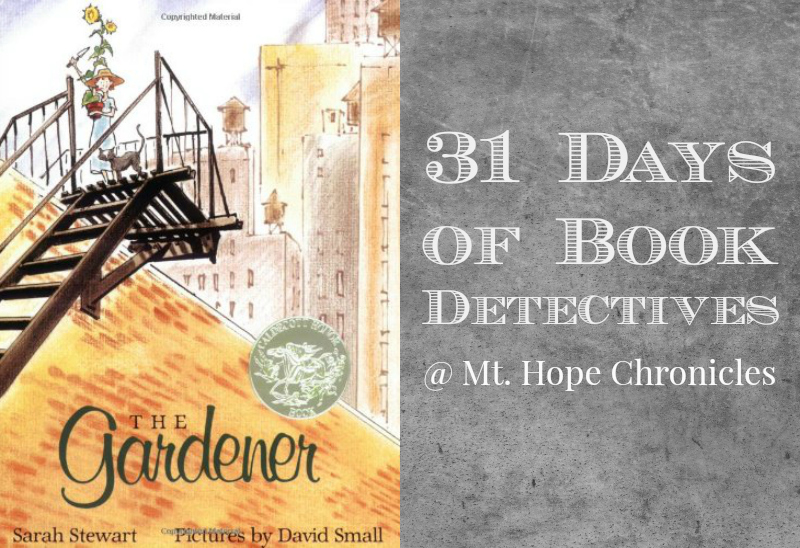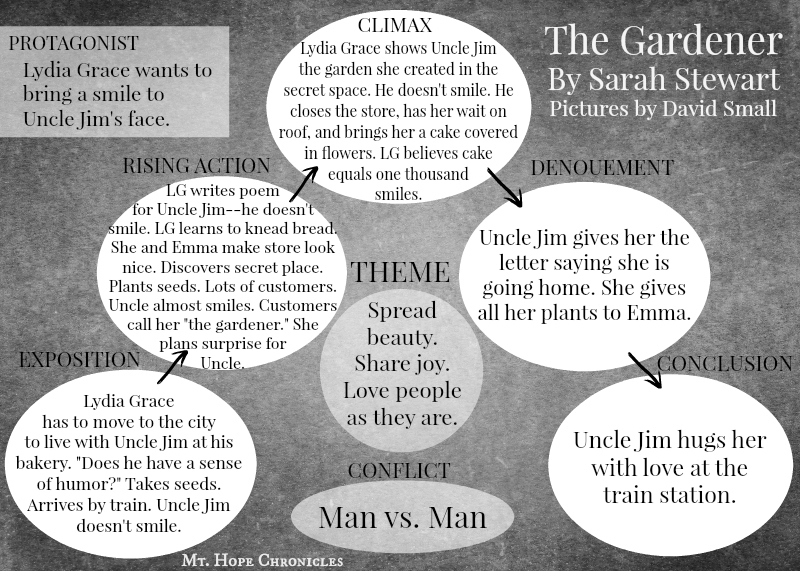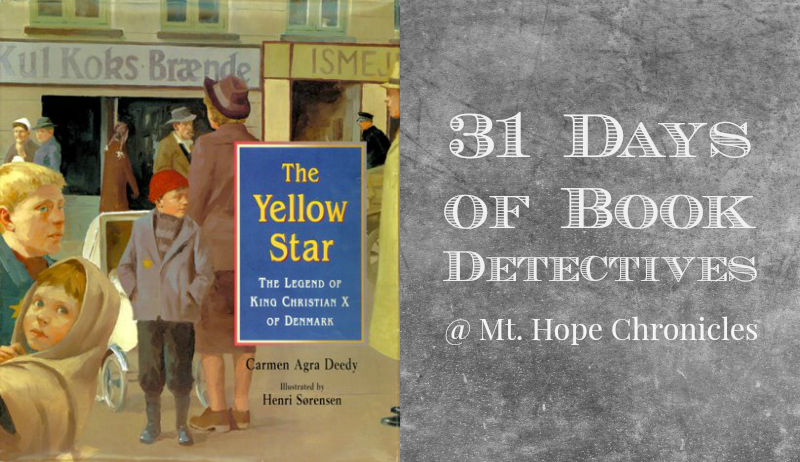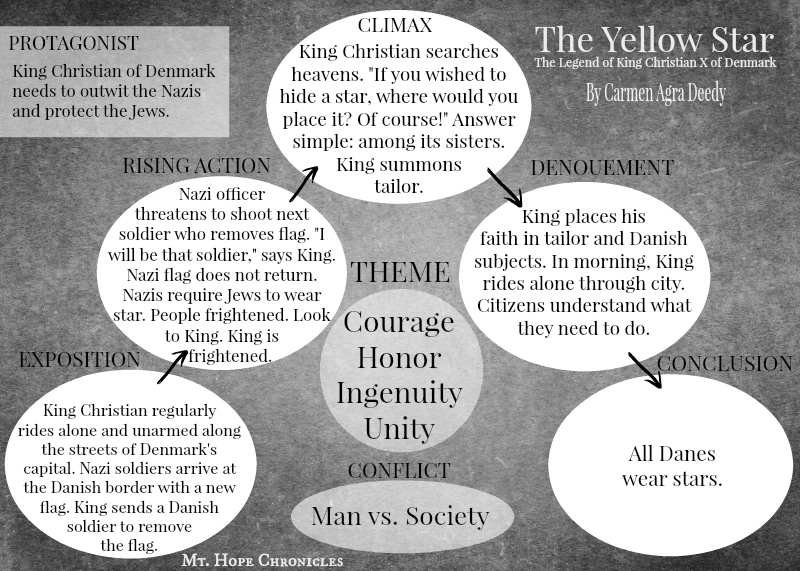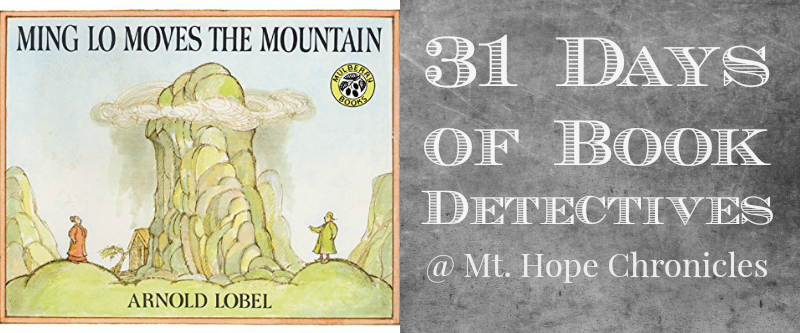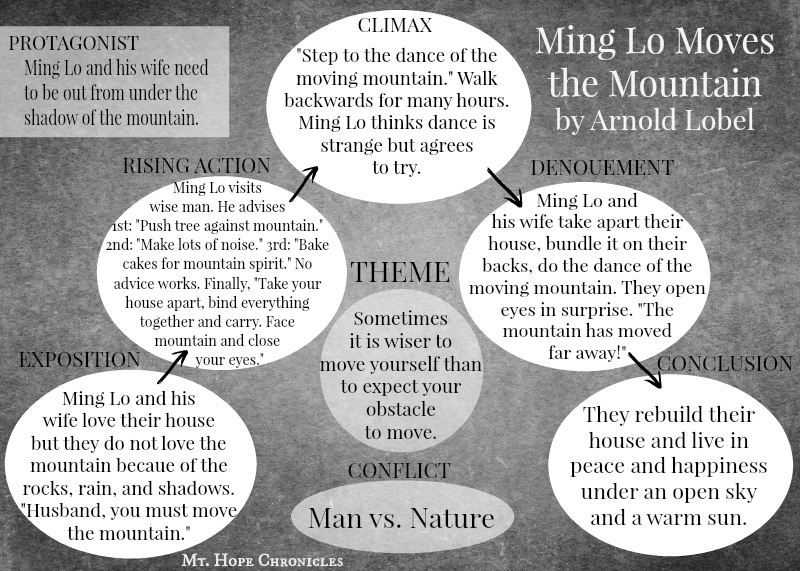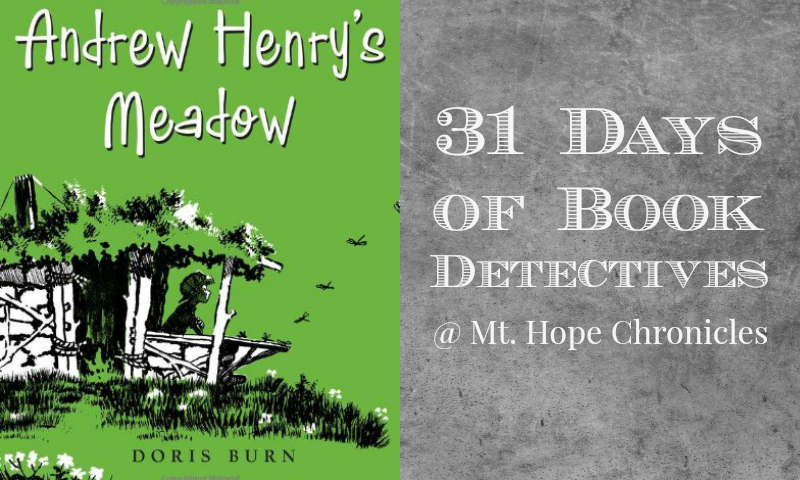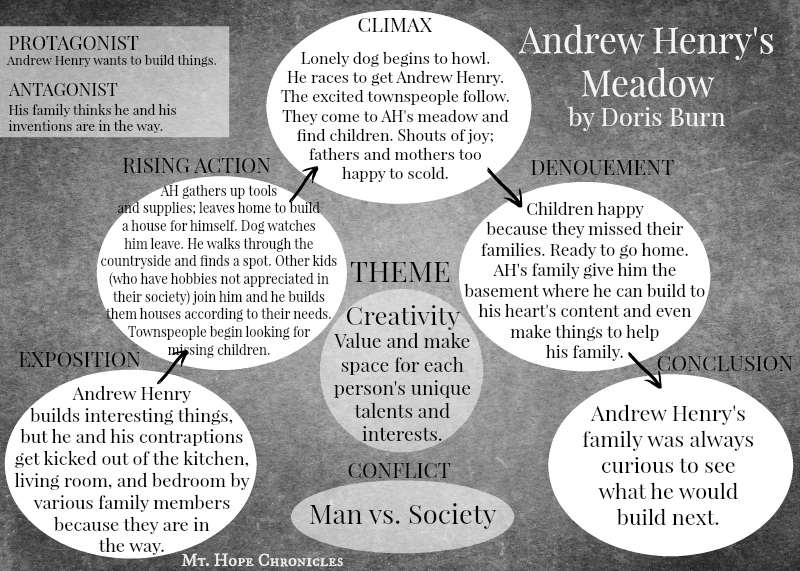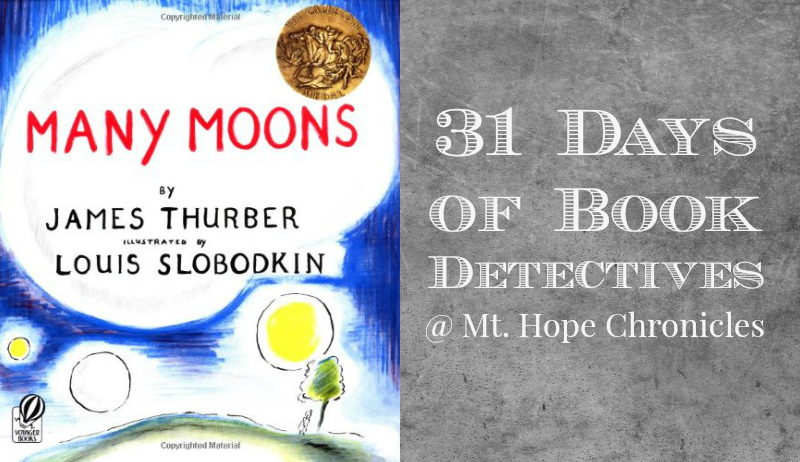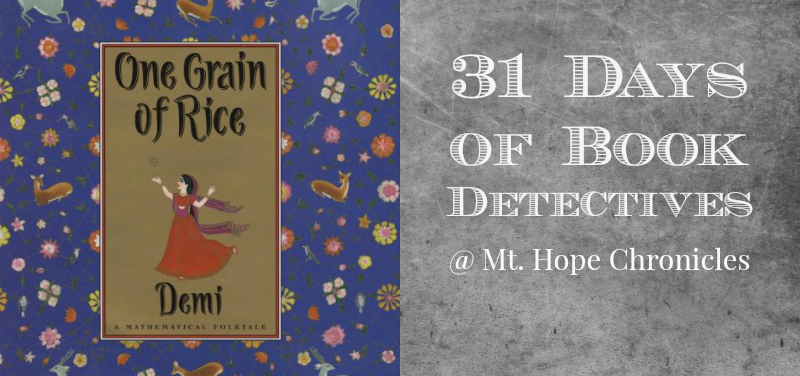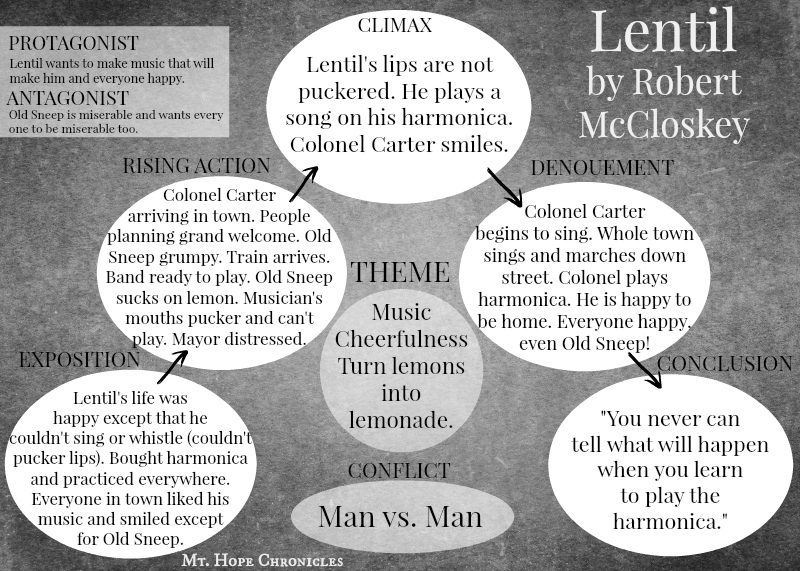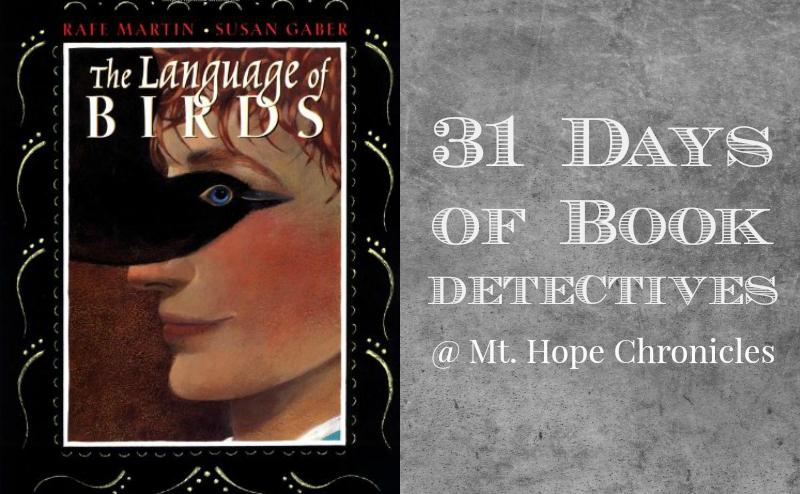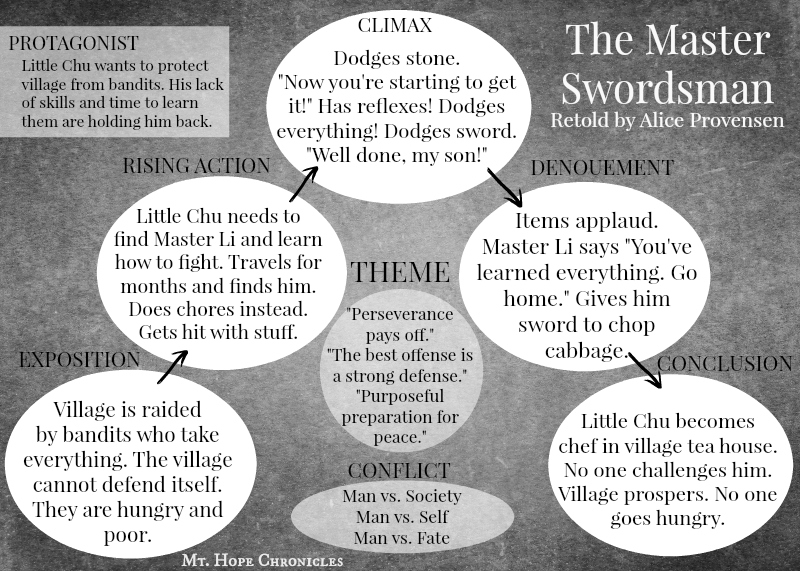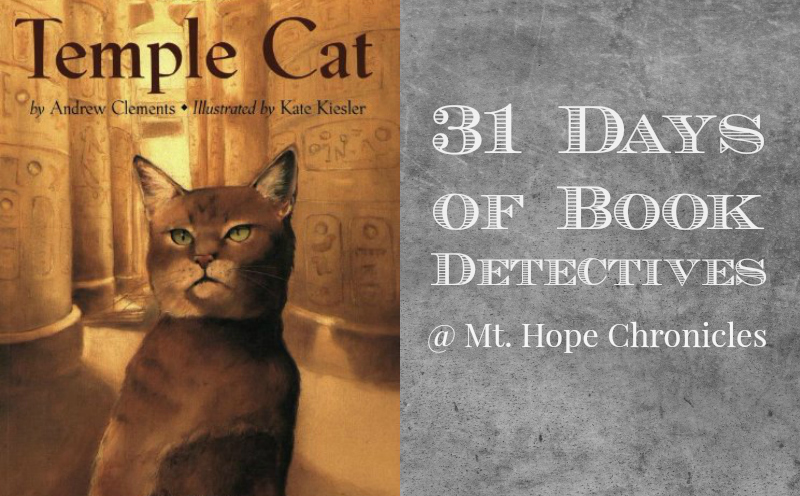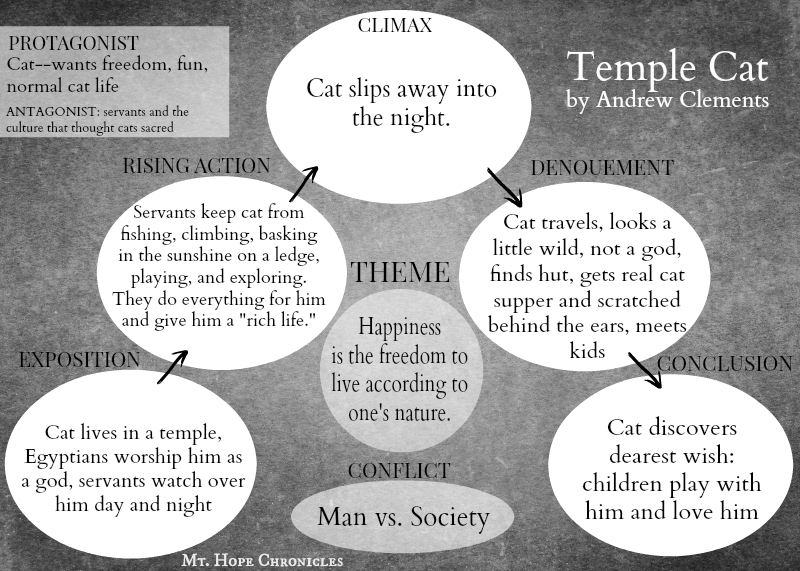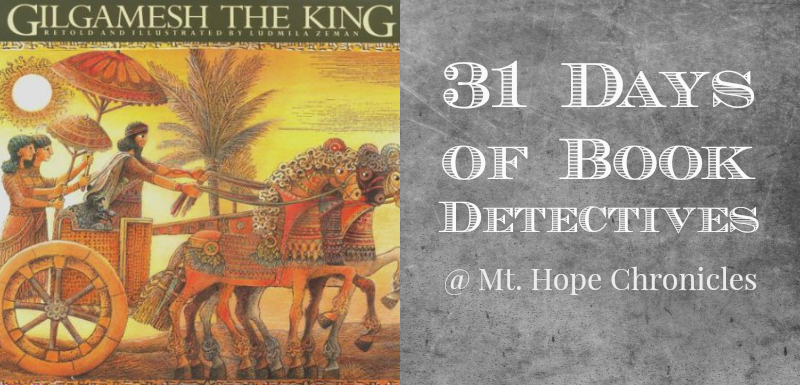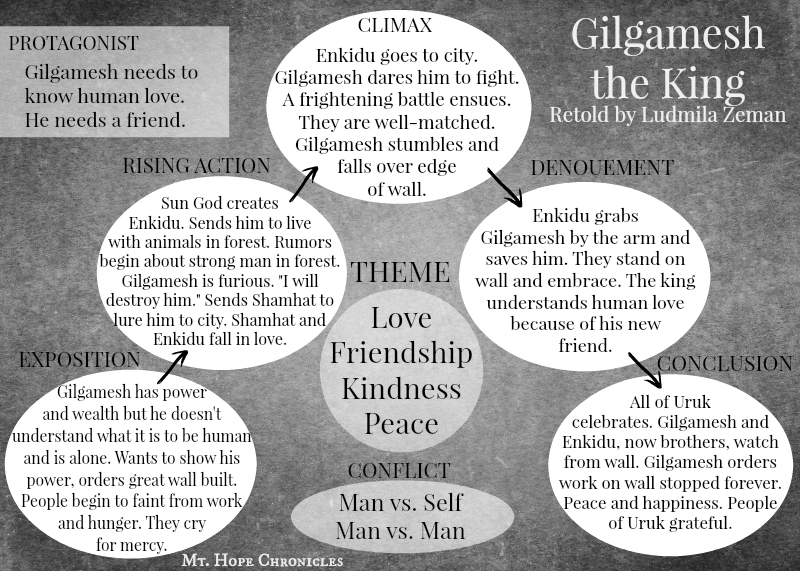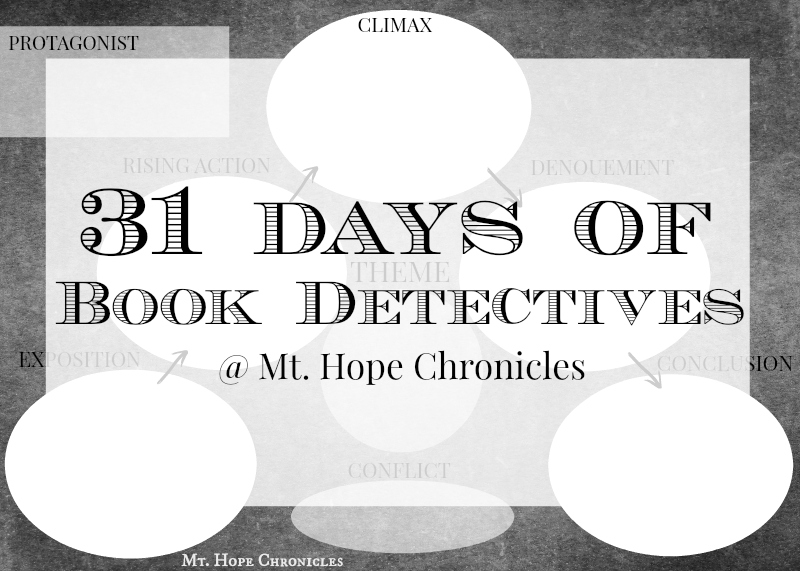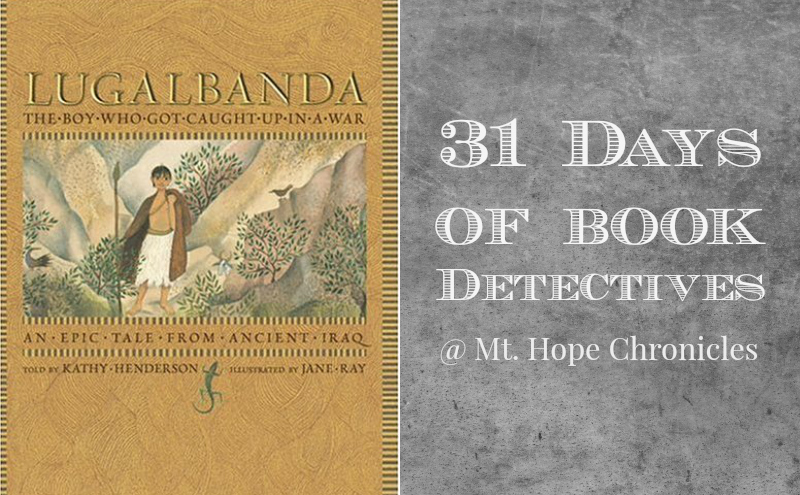
[Read the Introduction to this 31 Days series here.]
We have jumped in the “Way Back” time machine and returned to ancient history this fall in our homeschool, so it is fitting to kick off this Book Detectives series with a few ancient literature selections.
Lugalbanda is about as ancient as it gets. It is the oldest recorded fictional story, dating from 2400 BC (hundreds of years before the earliest text of Gilgamesh). This is a long picture book retelling, with lovely color illustrations on each two-page spread. It also contains six pages of excellent historical notes by way of introduction and conclusion.
In our Book Detectives meetings, once we’ve read the story, we begin discussion by exposing our “crime scene” and “suspects,” in keeping with our detective theme from Deconstructing Penguins.
Our “crime scene” is the setting, and our “detective tools” are the questions where? and when? I often ask specific questions from the extensive Socratic List in the Teaching the Classics syllabus, such as: “What is the mood or atmosphere of the place where the story happens? Is it cheerful and sunny, or dark and bleak? Is the setting a real or imaginary place? Does the story take place in a particular era? In what season? Over what period of time?
Our “suspects” are the characters in the story, and our main question tools are who? and what? Who are they? What are they like? Man or animal? How old? What (quality) adjectives describe them?
When we’ve exposed our setting and characters, we move on to the plot chart. We usually identify the protagonist at the end of the exposition, when the first sign of trouble begins and causes the rising action. We identify the protagonist by asking Who wants or needs something? What is holding them back?
We then fill out the rest of the plot (rising action, climax, denouement, and conclusion) before writing in the conflict and finally discussing the theme. The plot is the specific, concrete details of the story and the theme is the universal, abstract ideas we take away from the story. Adam Andrews of Teaching the Classics says that the theme is different from a moral, and stories can say something about an abstract idea without giving the reader a moral conclusion (particularly in more complex works of literature). But children’s stories often lend themselves to specific moral lessons, and the kids often come up with one on their own.
My short disclaimer: I do not claim to have the “right answers.” These notes are merely my own interpretation (and those of the kids participating in discussion) of the clues in the text. Just as two detectives at a crime scene may come up with different conclusions based on the evidence, my interpretation may not match another reader’s.
Crime Scene [Setting]
Where?
Uruk—a Sumerian city-state in southern Mesopotamia (modern-day Iraq). A great city with brick buildings and paved streets
Zabu Mountains “where the cypress trees grow”
Lullubu Mountains “where no cypress trees grow”
Aratta—a legendary city with great artists and fine crafted objects, metals and precious stones
When?
“A very long time ago.” Before 2400 BC. A time when people worshipped nature as gods.
The main part of the story happened over a year’s time, roughly.
[This was the culture in which Abram of the Bible lived.]
Suspects [Characters]
Who?
King Enmerkar—powerful ruler of Uruk, proud, jealous
Many gods
Inana—the greatest of all the gods, goddess of love and war, the evening star, chooser of kings and fates, home in Uruk
Lugalbanda—young and weak, loved and admired his brothers more than anything in the world, brave
Brothers—young men in the prime of life, princes, commanders in the king’s army, loving toward Lugalbanda
Anzu bird—gigantic, terrible monster of the skies, teeth of a shark, talons of an eagle
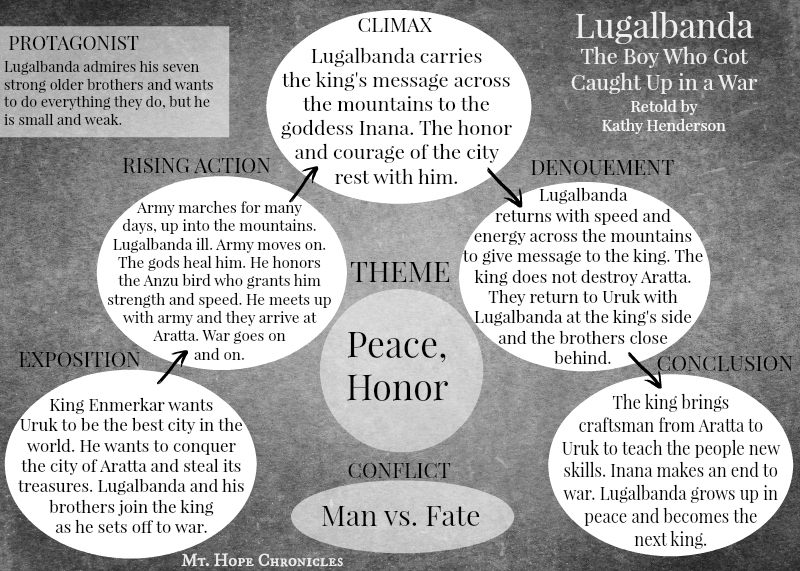
We usually don’t cover literary devices in our Book Detectives meetings due to time limitations, but this retelling of Lugalbanda contains wonderful examples of alliteration, similes, metaphors, repetition of phrases, imagery, personification, and more. For IEW students, this is great material for identifying dress-ups and decorations.
“For days men flocked to the city in answer to the king’s call. They covered the ground like a heavy fog and stirred up a cloud of dust so big it whirled up into the sky. Their shields clattered. Their spears spiked the air. They stormed through the fields of barley that surrounded the city and crossed the plains like a herd of wild bulls. And Lugalbanda went with them.”
“War won’t wait.”
“In the Lullubu Mountains, where no cypress trees grow, where no snakes slither and no scorpions scurry, where the little prince slept and the night was dark, the multicolored mountain of the goddess Inana rises like a tower higher than all the others. At its top grows a tree so big its branches cloak the mountain slopes in shade and its roots drink like snakes from the seven mouths of the rivers far below.”











